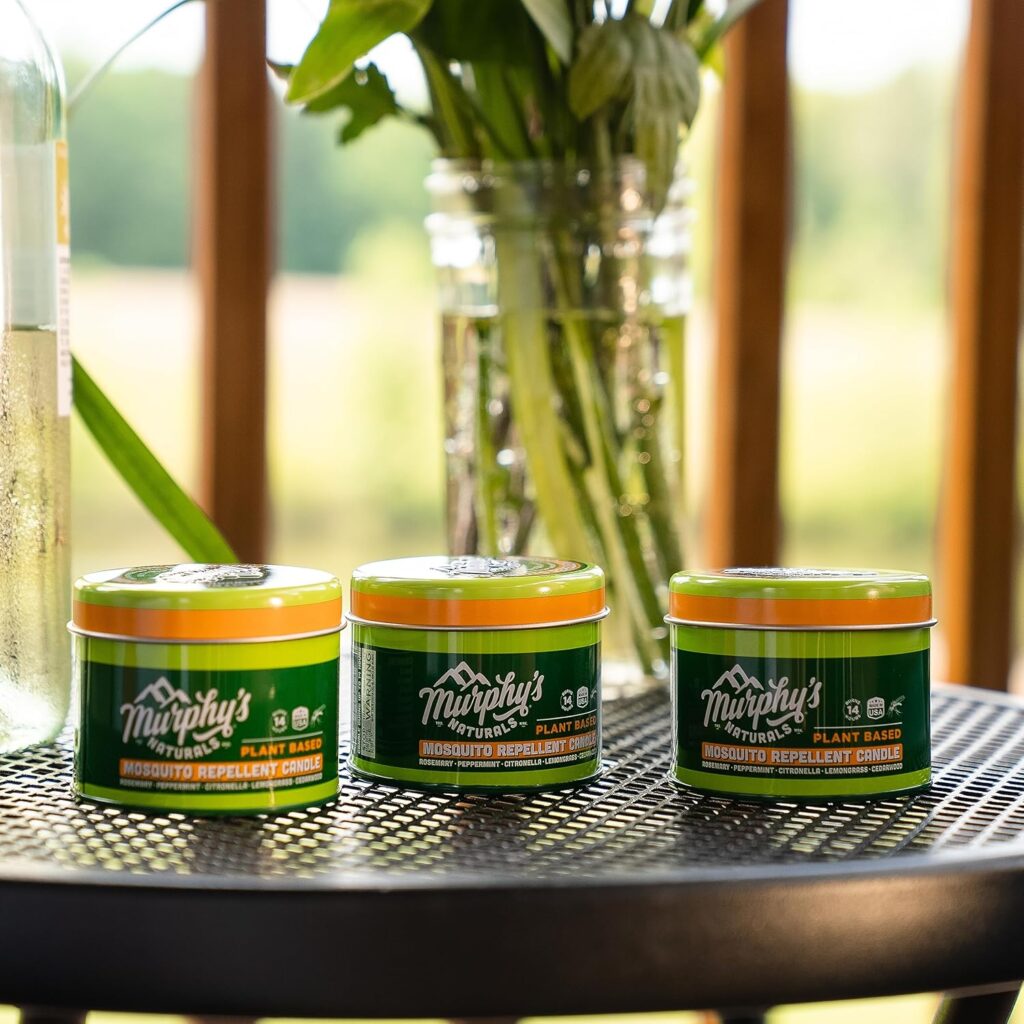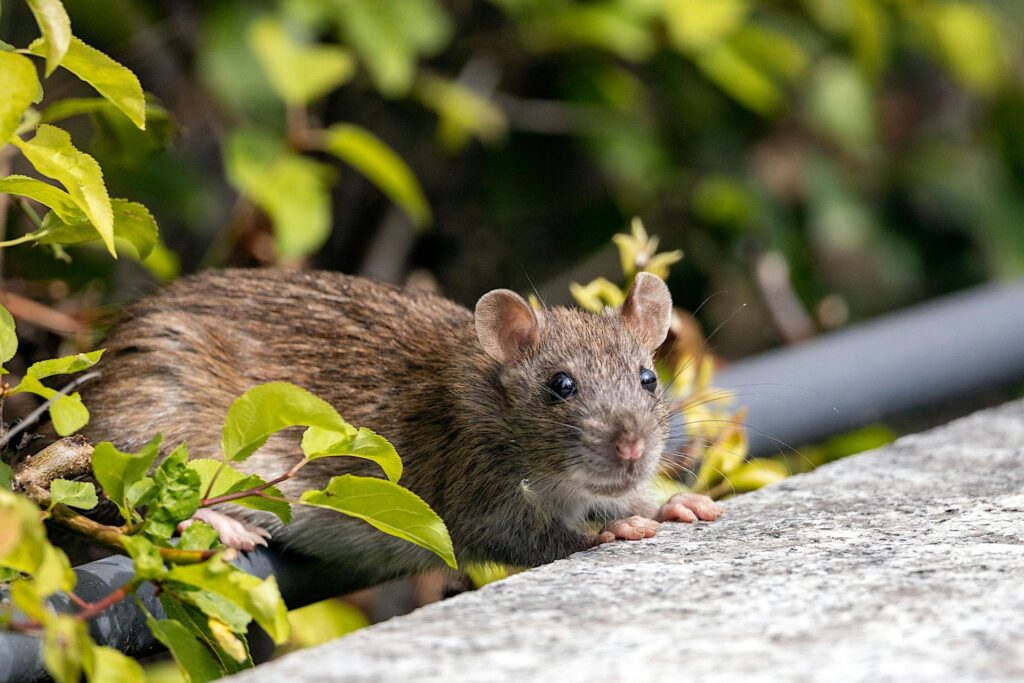An earwig infestation can be difficult to manage and get rid of. Because of their name, many believe they will enter your ears when sleeping and infest the brain. Although this isn’t true, these insects can be pesky and unpleasant. They live in packs and you may even see swarms of them in the home if you have a bad infestation. When wondering how to get rid of earwigs in your house, there are a few steps you can take.
What is an Earwig?
Also known as pincher bugs, these long insects are typically dark brown in color with pinchers at the end of their bodies. These are used to hunt prey, but they may pinch humans if threatened. Earwig bites are non-poisonous (although they may hurt a little). Adults reach about half an inch in size with flat bodies that easily fit into small spaces. They sleep during the day, then come out at night to scavenge for plants and insects.
Why are they called earwigs? The name came about from an urban legend that earwigs crawl into human ears and lay eggs in the brain. Although this isn’t true, it’s not a surprise that these quick and small bugs have the potential to crawl into your ear. Many people have found earwig infestation in their homes.
Why Are Earwigs In My House?
Earwigs crawl into homes through cracks or other holes in windows, doors, and other foundational parts of the building. People may also bring them inside when bringing in the newspaper, moving plants indoors, bringing in boxes, and other activities. For example, earwigs could have infested a damp box in storage that you decided to bring inside one day. Pincher bugs may also migrate into homes seeking warmth when it becomes cold outside, or if their normal habitat becomes too dry (they love damp environments). Earwigs are also attracted to light, so they may have been drawn to outdoor home lights and found an entry point.
Once inside, earwigs will quickly scatter and hide. They can be difficult to find because they’re small, move quickly, and can fit nearly anywhere.
Signs of Infestation
Unfortunately, even a couple earwigs inside can be a sign that an infestation has occurred (or is in the making). These bugs live in packs and reproduce rapidly – females lay anywhere from 20 to 80 eggs. Whether you’ve encountered new signs of an earwig infestation or have been struggling with this on a recurring basis, the following tips share prevention methods and how to get rid of earwigs in your house.
How to Get Rid of Earwigs in Your House
Keep Your Home Spotless
Earwigs are attracted to moist and cluttered areas, which is why it’s important to keep the house clean. Investigate your house thoroughly for damp spots or clutter such as basements, attics, wash basins, and foundation sites. Additionally, make sure to clean out your garbage cans regularly as earwigs are attracted to food leftovers and other waste.
Seal Windows and Doors
If earwigs seem to keep showing up in your home, you should focus on preventing their entry. Windows near the ground are a common entry spot for earwigs. Make sure to seal any cracks, install quality window screens, and perform weather stripping. This applies to doors and wall fissures as well – make sure to seal any cracks or abnormal fittings of doors.
Dispose of Earwigs
When you spot earwigs, you should quickly kill them (vacuuming them up is the easiest method). Even just two earwigs can turn into thousands – females lay around 50 eggs at one time! Search your house for eggs and dispose of them in a sealed container.
Natural Pesticides
An easy, natural method to get rid of earwigs in your house is by using boric acid powder. Simply place it in corners where earwigs may be present or hiding and it will kill them within 1–2 weeks. Diatomaceous earth (diatomite) is another product that treats for earwigs. You can also make or buy earwig traps.
Natural Repellant
If you’ve already gotten rid of them and are more worried about how to keep earwigs away for good, there are a few effective repellents. For one, earwigs hate vinegar. Simply wipe any entrance sites such as doors and windows with a concentrated vinegar solution. They won’t come in anymore, and the earwigs that are inside should migrate outdoors. Other repellents that have worked for some include citrus oil and vegetable oil. You could also try purchasing electronic repellers.
Can Earwigs Fly?
Most species of earwigs have wings, and some are even capable of flight, but they rarely do so. The common earwig found in homes, the European earwig, has wings but seldom flies. If disturbed or threatened, they might flutter from one location to another, but they are not adept at sustained flying like other insects. This limited ability makes them less likely to be seen flying and more likely to be found crawling across surfaces.
Get Professional Help
Sometimes, nothing seems to work and you need to hire a professional. There may be entrance points, damp areas, or a nest that you simply can’t find. Aptive Environmental has offices across the United States and will get rid of each and every earwig in your home. We’re confident in our strategies – if the bugs come back, we will too (at no additional cost).








